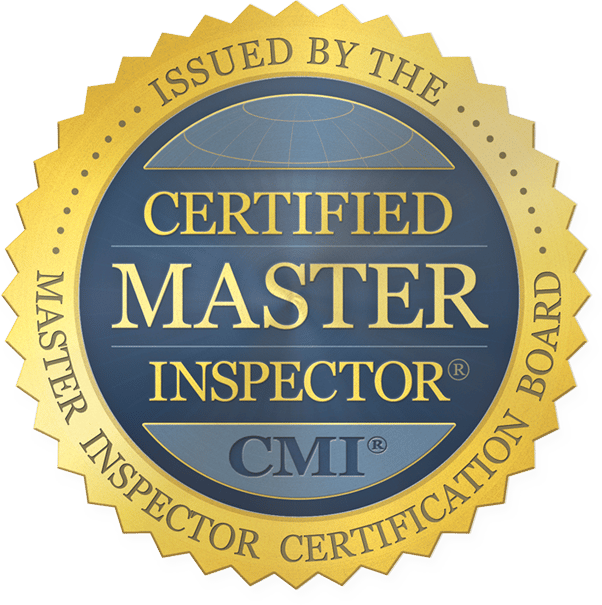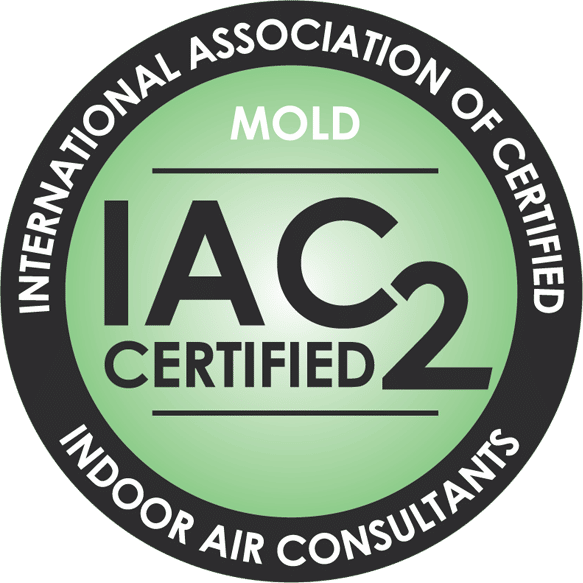How Important Is A Crawl Space Inspection?
One of the most enjoyable things about the home inspection process, is having the ability to go into areas where most people do not think to go. If there is access, your home inspector should be fully entering the crawlspace to inspect the various systems and components that are visible beneath the house or building structure.
Elements that can keep an inspector from fully entering the crawlspace are:
-
Screwed shut access panels,
-
Standing water visible at the opening,
-
Construction debris left under the house,
-
Gas, plumbing, or electrical conduit blocking access to the area.
-
Crawlspaces
What is a crawl space inspection?
A crawlspace inspection is a visible inspection of the structural components of the home or building. Your home inspector will physically crawl under the home to inspect the foundation, the floor structure, the wallstructure, the ceiling or sub-floor structure, and more.
Crawlspace inspections allow your home inspector to see and visually inspect a number of systems beneath the home. These include but are not limited to:
-
Structural joists,
-
Cripple walls,
-
Electrical wiring in or outside of conduit.
-
Supply and drainage (sewer) plumbing lines,
-
Under-floor heating systems,
-
And more!
Why do I need a crawl space inspection?
Crawlspaces, like attic spaces, are hidden treasure troves for deferred, or haphazard maintenance items performed by homeowners or non-professionals. “Out of sight, out of mind” gives residents a false sense of security when hazardous conditions are present in the attic or crawlspace.
Periodic maintenance inspections should be taking place annually for health and safety reasons for the occupants.
Among the items listed above, a crawlspace inspection can accomplish the identification of some of the following:
-
Mold and fungus,
-
Pests such as termites or other wood destroying organisms,
-
Rodents which can carry diseases,
-
Asbestos materials are often found in crawlspaces,
-
Cracked sewer line or standing water,
-
Improper wiring,
-
Faulty ducting (energy waste)
When it comes to having a home inspection, ensure that your home inspector is able to completely enter the space underneath the home.
At Trident Inspection Group, our crawlspace inspections can be scheduled as a routine maintenance stand alone service, or in conjunction with any property inspection service that we provide where a raised foundation exists. Please get in touch to book a free consultation to learn more about crawl space inspections and why they are important to you or the clients that you serve.







